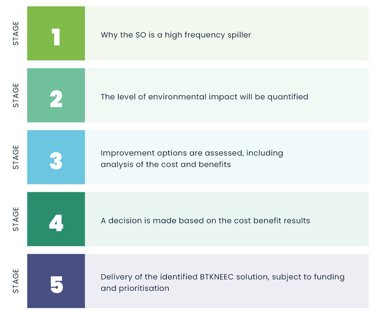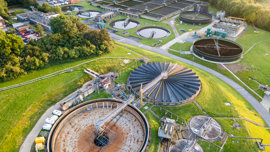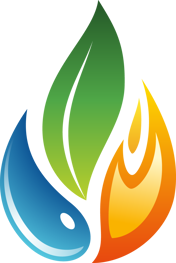A strategic response to the Storm Overflow Assessment Framework version 2
Published: 10 November 2025
The UK water sector is entering a new era of accountability and environmental stewardship with the introduction of the Storm Overflow Assessment Framework (SOAF) version 2.
This updated framework, developed by the Environment Agency, sets out a rigorous five-stage process for investigating and improving storm overflows, aligning with the Urban Waste Water Treatment Regulations and the Storm Overflow Discharge Reduction Plan.
The message from regulators is clear: the current level of reliance on storm overflows is no longer acceptable, and water and sewerage companies must act decisively.
The SOAF version 2 introduces tighter spill frequency triggers, enhanced environmental impact assessments, and a structured cost-benefit analysis to ensure that any interventions meet the 'best technical knowledge not entailing excessive costs' standard. This shift places significant pressure on the sector, not only to comply, but to do so efficiently, transparently, and with robust evidence.

Risks emerging from the SOAF version 2
Implementation of the SOAF version 2 introduces several critical supply chain risks:
- Surge in demand for monitoring equipment and services: Event duration monitoring systems, water quality sensors, and telemetry infrastructure are now essential. Lead times and availability may become bottlenecks.
- Specialist skills shortage: The framework requires ecological modelling, hydraulic assessments, and environmental impact analysis – skills that are in short supply across the sector.
- Pressure on emergency response and remediation capacity: As spill thresholds tighten, water and sewerage companies must respond faster and more effectively to incidents, requiring scalable and agile support.
- Regulatory and public scrutiny: With real-time data transparency, any delay or failure in response can escalate into reputational damage and regulatory penalties.
Our integrated offering spans advisory, engineering, commercial, and project services, providing water and sewerage companies with a complete solution from initial investigation through to delivery.
Key risks emerging from the the SOAF version 2 are particularly around supply chain demand, data quality, and delivery capacity.

One of the most pressing risks is the availability and reliability of event duration monitoring data. The SOAF version 2 requires high-quality datasets to trigger investigations and justify decisions. Water and sewerage companies need to be able to validate rainfall data, review Environment Agency water situation reports, and conduct localised assessments to ensure that spill frequency triggers are accurately applied. Where data gaps exist, companies need to navigate regulatory expectations while avoiding misinterpretation.
Beyond data, the framework demands deep technical insight into asset condition and hydraulic performance. Conducting targeted surveys across gravity sewers, pumping stations, and treatment works identifies operational issues that contribute to high spill frequencies. Hydraulic modelling (both validation and new assessments) ensures that solutions are grounded in robust analysis.
Environmental impact is another critical dimension of the SOAF version 2. Investigations into aesthetic and ecological effects, including invertebrate sampling and water quality assessments, are consolidated into comprehensive reports that inform the next stage: options appraisal. From here solutions are developed and evaluated, factoring in future pressures such as climate change, urban creep, and population growth. Cost-benefit assessments should include carbon analysis and long-term sustainability metrics, ensuring that interventions meet both regulatory and environmental standards.
Once a preferred solution is identified, Water and sewerage companies need to carefully navigate the decision-making process, liaising with regulators and refining models where necessary. Delivery should encompass programme prioritisation, project batching, detailed design and commercial management, and full visibility of performance commitments and penalties.
Complemented by the operational strength of the wider Group, clients benefit from a truly end-to-end service – from data and diagnostics to delivery and defence. We are uniquely positioned to help water and sewerage companies navigate this complexity, reduce risk, and deliver meaningful environmental outcomes. The SOAF version 2 is not just a compliance exercise, it’s a catalyst for transformation. Our combination of strategic excellence and operational depth gives the sector the tools, talent, and tenacity to turn obligation into opportunity.
Latest resources
 Insights
InsightsOfwat’s approach to asset management maturity
 Insights
InsightsA strategic response to the Storm Overflow Assessment Framework version 2
 Case Studies
Case StudiesIndependent assurance verifies robustness of Anglian Water pollution reduction programme
 Case Studies
Case StudiesAssurance transformation plan helps Northumbrian Water meet new reporting requirements
Here to solve your biggest challenges and grow sustainable value
Our expert consultants are available to broaden your thinking, lead transformation, and help you achieve successful outcomes.
Contact our experts

